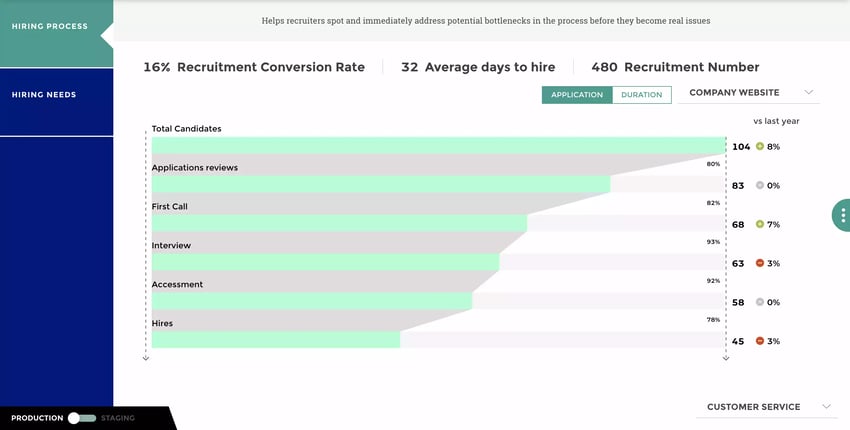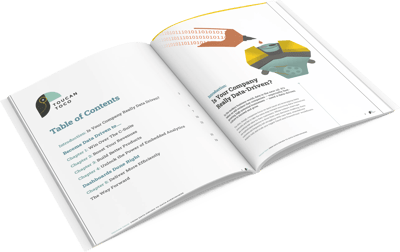Ad hoc reporting- What is it?
Ad Hoc reporting consists of creating single-use reports. In Latin, Ad Hoc actually means "for that purpose" and is nowadays translated as "expressly intended for use".
These reports are generated using Business Intelligence tools to meet specific needs, such as answering a specific question from a company employee.
The answer is presented in the form of a data visualization, so that it can be understood very quickly by all members of the organization. It is therefore a tool available to all employees, including those without technical Business Intelligence skills.

Ad Hoc analysis, on the other hand, consists of extracting insights from a small amount of data to answer a specific query. Again, this is a punctual and contextual variant of traditional data analysis.
This type of reporting has many advantages. It reduces the burden on the IT department and facilitates decision-making. Data can be aggregated and reviewed on a self-service basis to answer questions from all departments.
This allows the organization to gain agility and flexibility, providing a simple and efficient way to navigate through data flows. IT teams and analysts no longer need to process data queries individually, and can focus on larger tasks.
Technicians simply set up the appropriate Business Intelligence solution and connect it to data sources to allow all employees to perform ad hoc reporting and analysis. They are also responsible for configuring security and delineating what end users will be able to see.
Ad Hoc reporting is notably used in marketing and sales to provide insights on how to improve the customer experience. Similarly, business development teams can analyze operational data to identify trends and discover new opportunities.
However, to bring all its benefits, Ad Hoc reporting must be used in good conditions. The data on which reports are based must be of high quality, and data silos can be problematic.
.webp?width=1010&name=data_model_journey%20(1).webp)
A strong data governance strategy must also be in place within the organization to avoid conflicting reports. For the same reasons, all teams must have access to the same data.



